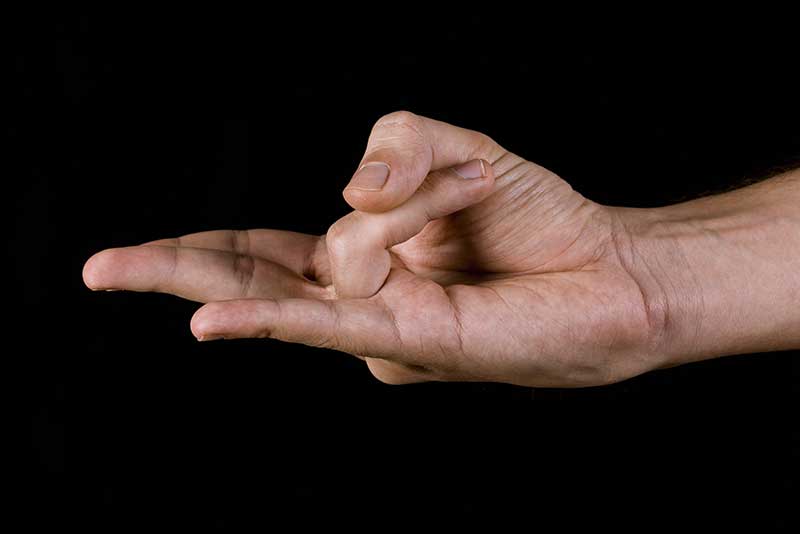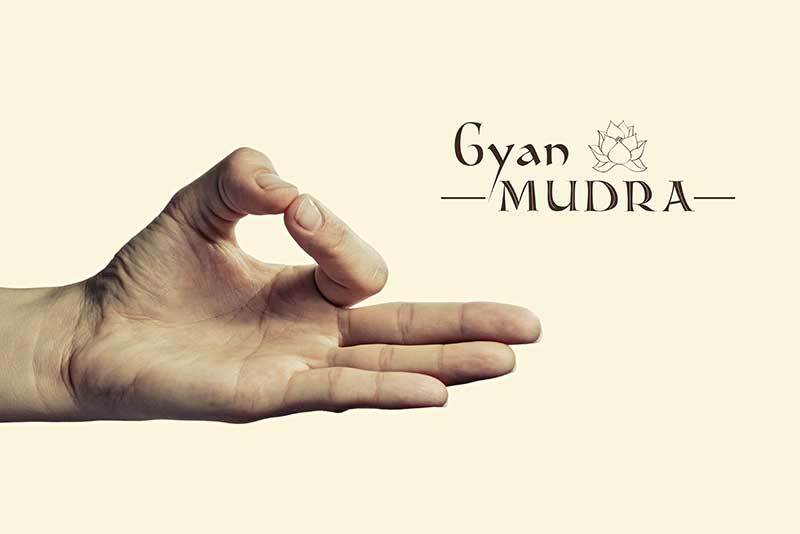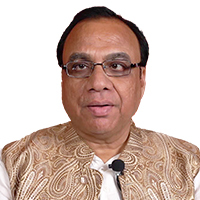Imagine if the simple act of positioning your fingers could help manage one of today’s most prevalent health challenges—diabetes. Intriguing, right? Diabetes, a condition exacerbated by our modern lifestyle and relentless stress, affects millions worldwide. It disrupts our lives, diminishes our vitality, and poses serious health risks. But what if there was a natural, empowering way to combat its effects? Enter yoga mudras—ancient hand gestures that, when practiced correctly, can stimulate healing and balance in your body. Curious to know how these seemingly small actions can make a significant impact? Keep reading to discover how incorporating yoga mudras into your daily routine can help you take control of diabetes and transform your health journey.
How yoga can help in managing diabetes?
Yoga helps in reducing weight and keeps a check on your blood glucose level. It also improves your blood circulation and helps in the removal of toxins. It also mitigates stress and with regular practice, it reduces further complications. Along with yoga asanas, yoga mudras for diabetes are equally beneficial in reducing its complications. These hand mudras are beneficial in energizing and invigorating your whole body and the internal system.
Yoga mudras for diabetes
The mudra is a spiritual hand gesture that is very common in Hinduism and Taoism. These hand gestures are also part of yoga and are known as yoga mudra. When practiced in the right manner, it stimulates some glands and improves the metabolism of the body, and helps in regulating blood sugar levels. It also makes you relaxed and rejuvenated, which relieves the symptoms of diabetes. In addition to a healthy lifestyle, the regular practice of yoga mudras for diabetes Type 2, prediabetes, and Type 1 diabetes helps in regulating their blood glucose levels.
1. Surya Mudra

- For Surya mudra sit in Vajrasana.
- Bend your ring finger and then press it with your thumb. Your thumb should touch the phalange of your ring finger.
- Your tip of the ring finger should touch the base of the thumb.
- Keep the rest of the finger straight.
- Close your eyes and breathe.
- Practice this for at least five minutes initially and then increase gradually.
- Practice at least three sets of fifteen or five minutes in the morning and ten minutes after taking meals.
Benefits: As the name symbolizes it is a gesture of the sun. Performing Surya mudra generates heat in the body. Regular practice of Surya mudra controls the excess uric acid in the blood and also lowers the bad cholesterol level. The internal heat generated by Surya mudra stimulates the pancreas to increase the production of insulin. In this way, it regulates the blood glucose level and prevents the onset of diabetes, or if you already have it then it manages its symptoms.
2. Pran Mudra

- To practice Pran mudra, sit in Sukhasana, although you can practice it in a standing posture.
- Now touch the tip of your thumb with the tip of your ring finger and little finger, and keep the rest of the finger straight.
- Close your eyes and breathe deeply. Start holding this yoga mudra for five minutes initially and then increase gradually.
- Generally, one should practice three sets of Pran mudra for the best result.
Benefit: Pran mudra is a symbol of vital force, i.e. prana force in our body. It is a powerful mudra that empowers you from within and detoxes your body. It stimulates your root chakra and also supports your immune system. When practiced with Apan mudra then it helps in relieving diabetic symptoms.
3. Apan Mudra

- You can practice this mudra in any seated position such as Sukhasana, Vajrasana, and Padmasana.
- Now touch the tip of your thumb to the tip of both ring finger and middle finger.
- Keep the rest of the finger straight. Close your eyes and breathe.
- Hold this mudra as much as you can and then release. Practice daily to see the result.
Benefits: Apan mudra is a very important yoga mudra to reduce sugar levels and promote detoxification of the body. It helps in the detoxification by stimulating the excretion system of the body. It regulates the blood sugar levels in the body by detoxifying it. You will observe that if you are practicing Apan mudra then you tend to urinate more than usual.
4. Ling mudra
- To practice this yoga mudra comfortably sit in Sukhasana and bring both palms in front of your chest.
- Now interlock the finger of both hands and keep the thumb of one hand straight and wrap the other thumb around it.
- Close your eyes and keep breathing.
- Practice this yoga mudra regularly for at least 15 minutes for one month to see the results.
Benefits: Ling mudra symbolizes the male reproductive organ and represents masculinity. It targets the fire element in the body. This mudra boosts your metabolism which helps in lowering the blood sugar level in the body.
5. Gyan mudra

- It is one of the easiest and the most relaxing yoga mudra.
- To practice Gyan mudra, sit in Sukhasana or in a Lotus pose.
- Touch the tip of your forefinger with the tip of your thumb and keep the rest of the finger extended.
- Close your eyes and breathe.
Benefits: It is also known as Dhyan mudra and Vayu Vardhak mudra. This mudra should be practiced at the end of the sequence to calm down all the nerves and over-stimulated energies. It has a very soothing effect on practitioners. Diabetes can cause a lot of stress in our lives and Gyan mudra helps in relieving those symptoms. As per Ayurveda, Type 1 diabetes is caused by an imbalance in Vata dosha and Gyan mudra, which is also known as Vayu Varthak mudra helps in managing that.
Few things to remember
- It is best to keep your doctor in the loop before starting any yogic regime.
- When it comes to yoga mudras for diabetes control, it is best to practice them in the early morning or in the evening.
- It is best to practice them on an empty stomach and avoid practicing them immediately after the meal.
- Use both hands while practicing yoga mudras.
- It is best to take deep breaths during the process to seek the best result.
- If you are a complete beginner then it is best to practice these mudras under the guidance of a trained yoga teacher.
Diabetes has become one of the most common medical ailments all across the globe. Poor lifestyle choices and stress are the main culprits of this. Yoga mudras are one of the effective ways to reverse and manage its symptoms. If you are recently diagnosed with diabetes, it is best to practice the above-mentioned yoga mudra along with a healthy lifestyle and medications for better results.
FAQs (Frequently Asked Questions)
Q1: Which mudra is best for diabetes?
A1: Surya Mudra is often considered one of the best mudras for diabetes. It generates internal heat, stimulates the pancreas to increase insulin production, and helps regulate blood glucose levels.
Q2: Which four asanas are useful in diabetes?
A2: Four yoga asanas that can be useful in managing diabetes include Bow Pose, Seated Forward Bend, Half Lord of the Fishes Pose, and Plow Pose. These poses can help regulate blood sugar levels and support overall well-being.
Q3: How do mudras help maintain sugar levels?
A3: Mudras stimulate glands and enhance metabolism. Specific mudras can help regulate blood sugar levels by improving the function of insulin-producing organs like the pancreas.
Q4: How does yoga help to reduce diabetes?
A4: Yoga reduces diabetes by managing weight, regulating blood sugar, reducing stress, improving circulation, detoxifying, and promoting a balanced lifestyle. It should be part of a holistic approach alongside medical guidance and a healthy diet. Always consult your healthcare provider before starting yoga if you have diabetes.
Q5: Are there any precautions to consider when practicing yoga mudras for diabetes control?
A5: It’s essential to consult your doctor before starting any yogic regime. Practice yoga mudras on an empty stomach, not immediately after a meal. Use both hands, take deep breaths, and consider seeking guidance from a trained yoga teacher if you’re a beginner.
Q6: Can yoga mudras be used as a standalone treatment for diabetes?
A6: Yoga mudras are not a standalone treatment for diabetes. They are complementary practices that can help manage diabetes symptoms when combined with a healthy lifestyle, medications, and proper medical guidance.
References
https://www.ncbi.nlm.nih.gov/pmc/articles/PMC6145966

Anjani Kumar Shrivastava, a distinguished yoga expert with decades of experience, brings healing and wisdom through yoga therapy, meditation, and Ayurvedic principles. His remarkable Read more



